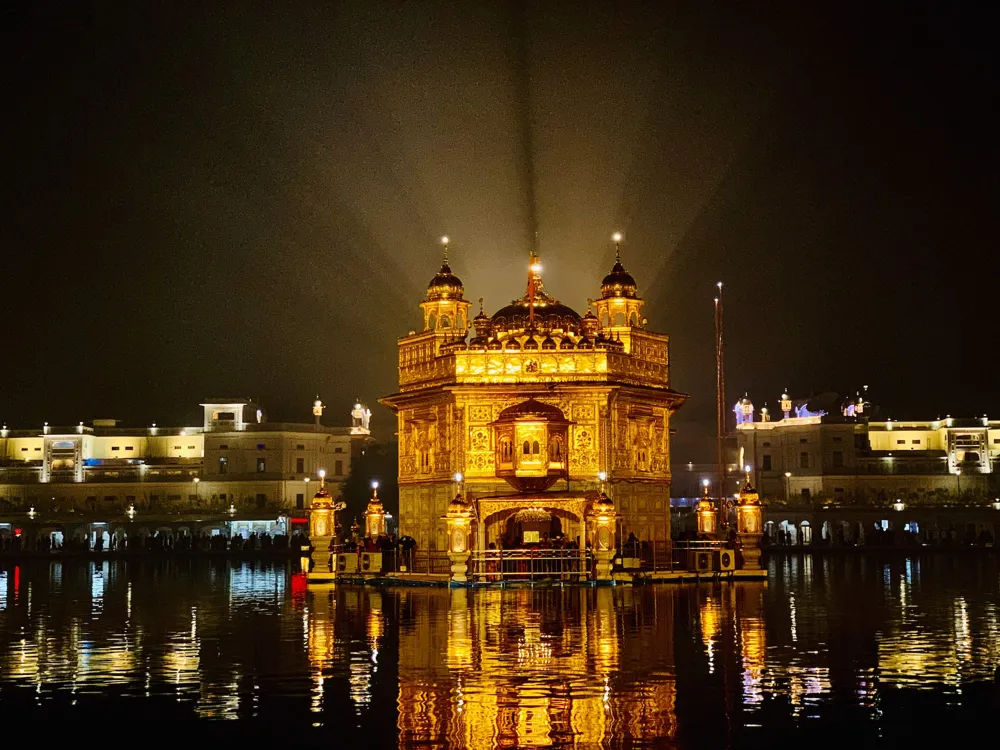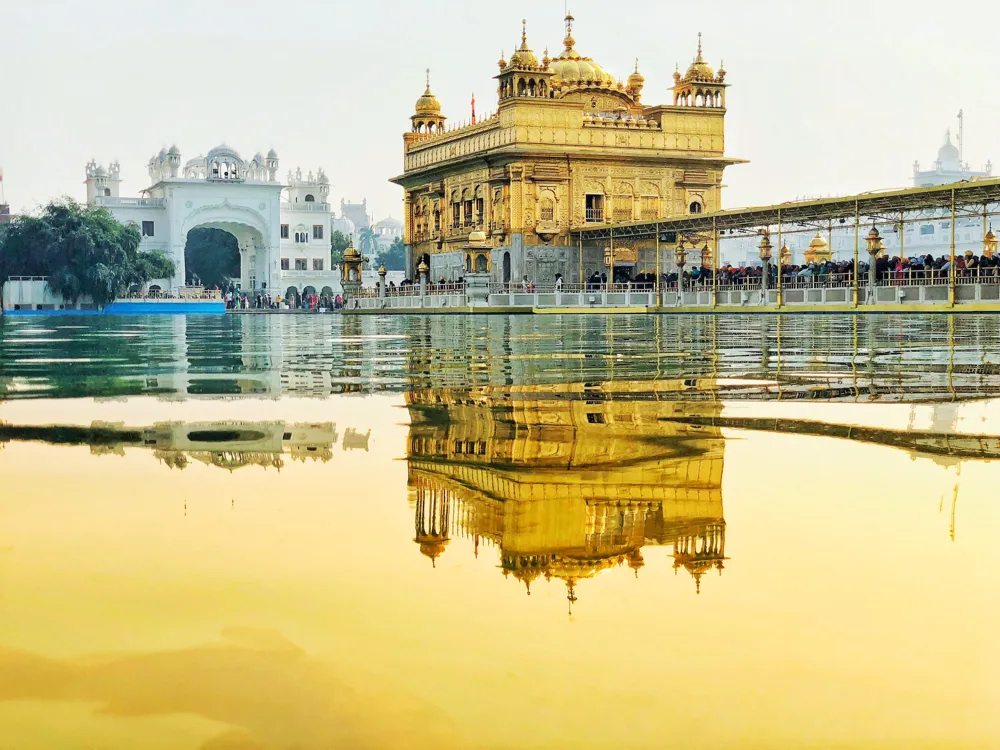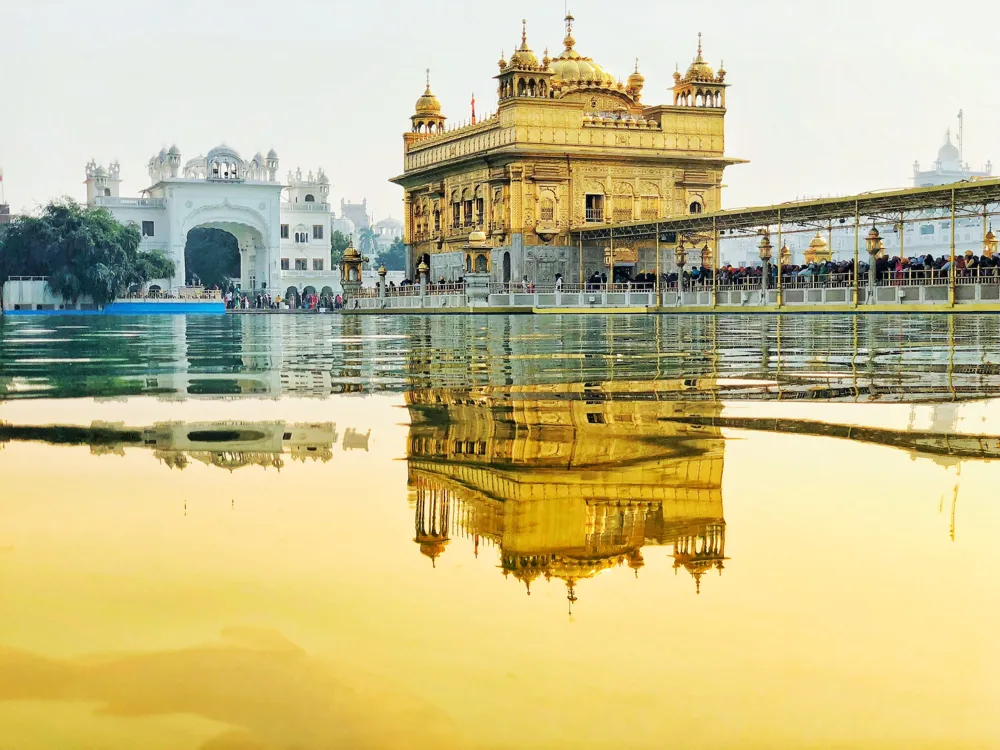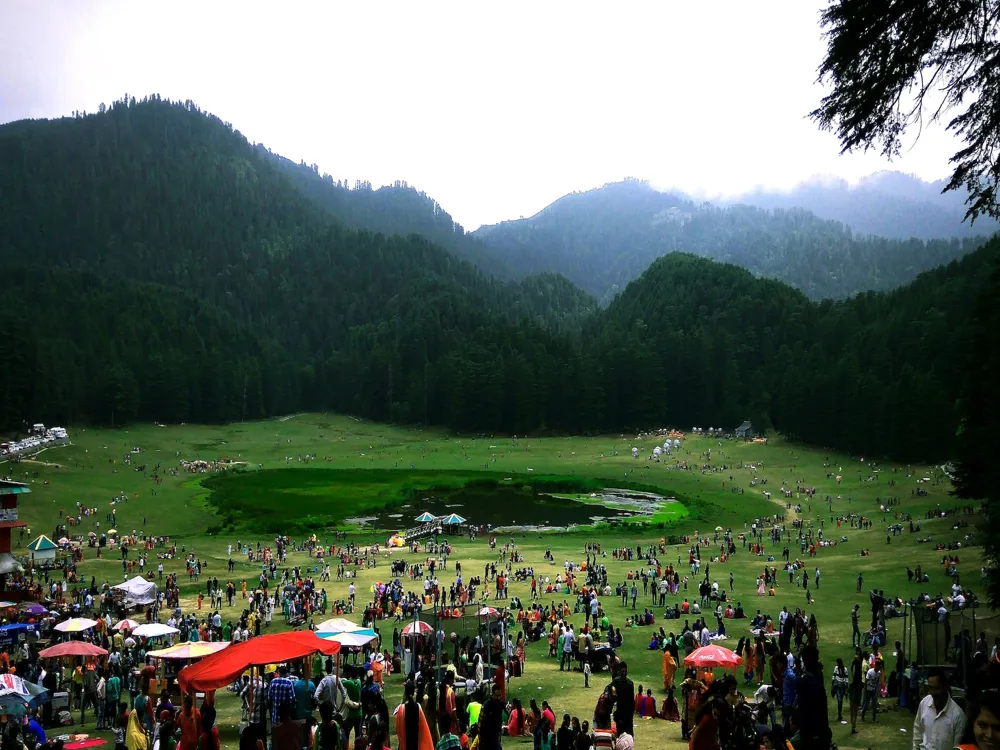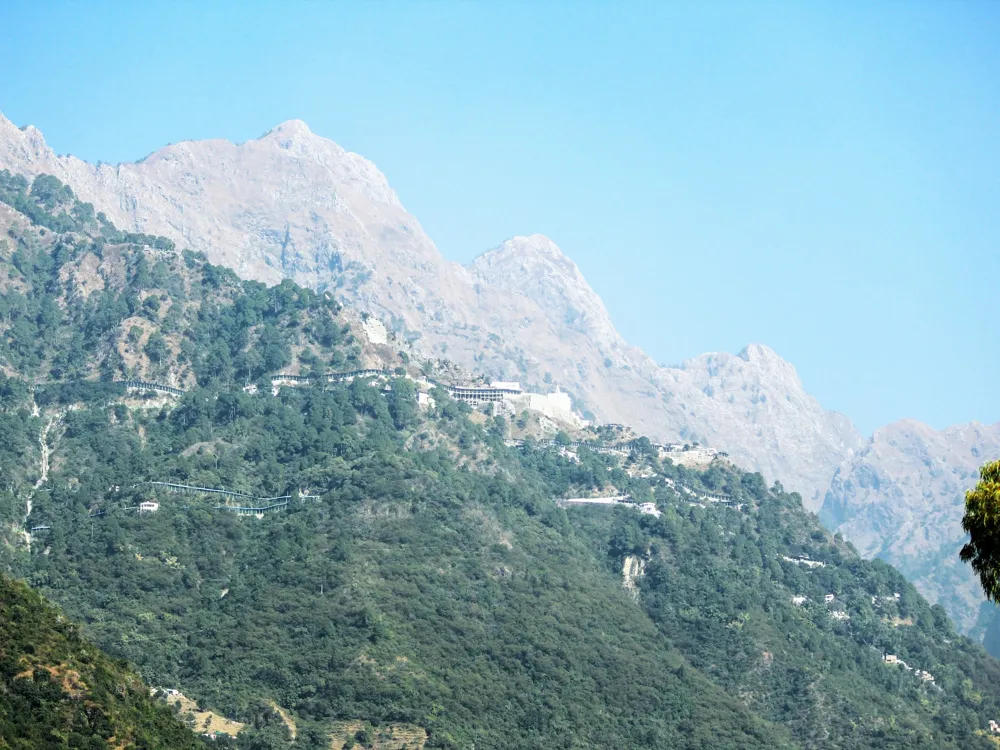Amritsar, a vibrant city in the heart of Punjab, is a mosaic of culture, history, and spirituality. Its inception dates back to 1577, founded by the fourth Sikh Guru, Guru Ram Das Ji. The city's name, derived from the Amrit Sarovar (Pool of Nectar) around the Golden Temple, resonates with spiritual significance. Amritsar stands as a symbol of the Sikh community's religious and cultural ethos, attracting millions of visitors worldwide. The city's history is not just limited to its religious aspects; it has been a silent witness to significant historical events, including the Jallianwala Bagh massacre in 1919, which played a pivotal role in India's struggle for independence. Amritsar's strategic location near the India-Pakistan border adds to its geopolitical importance, marking it as a site of the poignant Wagah Border ceremony. Amritsar's culinary scene is as rich as its history. The city is famous for its delectable Punjabi cuisine, offering an array of mouth-watering dishes like Amritsari Kulchas, Tandoori Chicken, and Langar at the Golden Temple. The city's vibrant bazaars, such as Hall Bazaar and Katra Jaimal Singh Market, are treasure troves of traditional Punjabi attire, handicrafts, and jewelry, making it a shopper’s paradise. Moreover, Amritsar is not just about historical monuments and food; it's a city with a soul, reflecting the warm-heartedness and welcoming nature of its people. The city embodies a rare blend of tradition and modernity, making it a must-visit destination for anyone looking to experience the true essence of India. Amritsar's architecture is a testament to its rich historical and cultural legacy. At the heart of the city lies the Golden Temple, officially known as Harmandir Sahib, an epitome of Sikh architecture. The temple, adorned with intricate gold and marble work, stands in the middle of the sacred Amrit Sarovar, presenting a mesmerizing reflection. The temple's architecture symbolizes openness and inclusivity, with doors opening from all sides, welcoming people from all walks of life. Apart from the Golden Temple, Amritsar houses several architectural marvels from different eras. The Gobindgarh Fort, originally built by the army of Mahmud of Ghazni and later rebuilt by Maharaja Ranjit Singh, is a fine example of military architecture. The Jallianwala Bagh, now a memorial, holds a significant place in India's history with its narrow entrance and enclosed garden, which witnessed one of the most tragic events in Indian history. The Akal Takht, another focal point within the Golden Temple complex, stands as a symbol of political sovereignty and spiritual authority. Its architecture, with its imposing structure and elaborate gold leaf work, speaks volumes of the Sikh community's resilience and strength. Furthermore, the city's streets and old quarters, with their traditional havelis (mansions) and intricately carved wooden facades, offer a glimpse into the architectural styles prevalent during the British Raj. These structures, with their blend of Indian and colonial architectural elements, add to the city's unique aesthetic appeal. When visiting religious sites like the Golden Temple, it's important to dress modestly. Cover your head with a scarf or bandana, and ensure your legs and shoulders are covered. This is a sign of respect for the religious sentiments of the place. Amritsar is a city steeped in religious and cultural significance. Avoid loud conversations or inappropriate behavior, especially in and around religious sites. Respect the local customs and traditions to enhance your experience. Amritsar is famous for its food. Don’t miss out on local delicacies like Amritsari Kulcha, Chole Bhature, and the langar at the Golden Temple. Visit local eateries and street food vendors for an authentic taste of Punjabi cuisine. Visiting Amritsar during festivals like Baisakhi, Diwali, or Guru Nanak Jayanti can be a unique experience. The city comes alive with cultural events, processions, and special ceremonies, offering a deeper insight into its traditions and customs. Amritsar is well-connected by air, road, and rail. The Sri Guru Ram Dass Jee International Airport has flights to and from major cities in India and abroad. The Amritsar Railway Station is a major hub, with numerous trains connecting it to different parts of the country. For those preferring to travel by road, the city is well-connected by national highways and state roads, making it easily accessible from neighboring states and cities. For international visitors, connecting flights from Delhi, Mumbai, or other major airports are convenient options. Local transport in Amritsar is readily available, including taxis, auto-rickshaws, and buses, making travel within the city both easy and affordable. Read More:Overview of Amritsar, Punjab
Architecture of Amritsar
Tips When Visiting Amritsar
Dress Appropriately
Be Mindful of Cultural Sensitivities
Try Local Cuisine
Plan Your Visit During Festivals
How To Reach Amritsar
Khair-ud-Din Masjid
Amritsar
Punjab
₹ 5,500 onwards
View amritsar Packages
Weather :
Tags : Mosque
Timings : 6:00 AM to 8:00 PM
Planning a Trip? Ask Your Question
Amritsar Travel Packages
View All Packages For Amritsar
Top Hotel Collections for Amritsar

Private Pool

Luxury Hotels

5-Star Hotels

Pet Friendly
Top Hotels Near Amritsar
Other Top Ranking Places In Amritsar
View All Places To Visit In amritsar
View amritsar Packages
Weather :
Tags : Mosque
Timings : 6:00 AM to 8:00 PM
Planning a Trip? Ask Your Question
Amritsar Travel Packages
View All Packages For Amritsar
Top Hotel Collections for Amritsar

Private Pool

Luxury Hotels

5-Star Hotels

Pet Friendly







